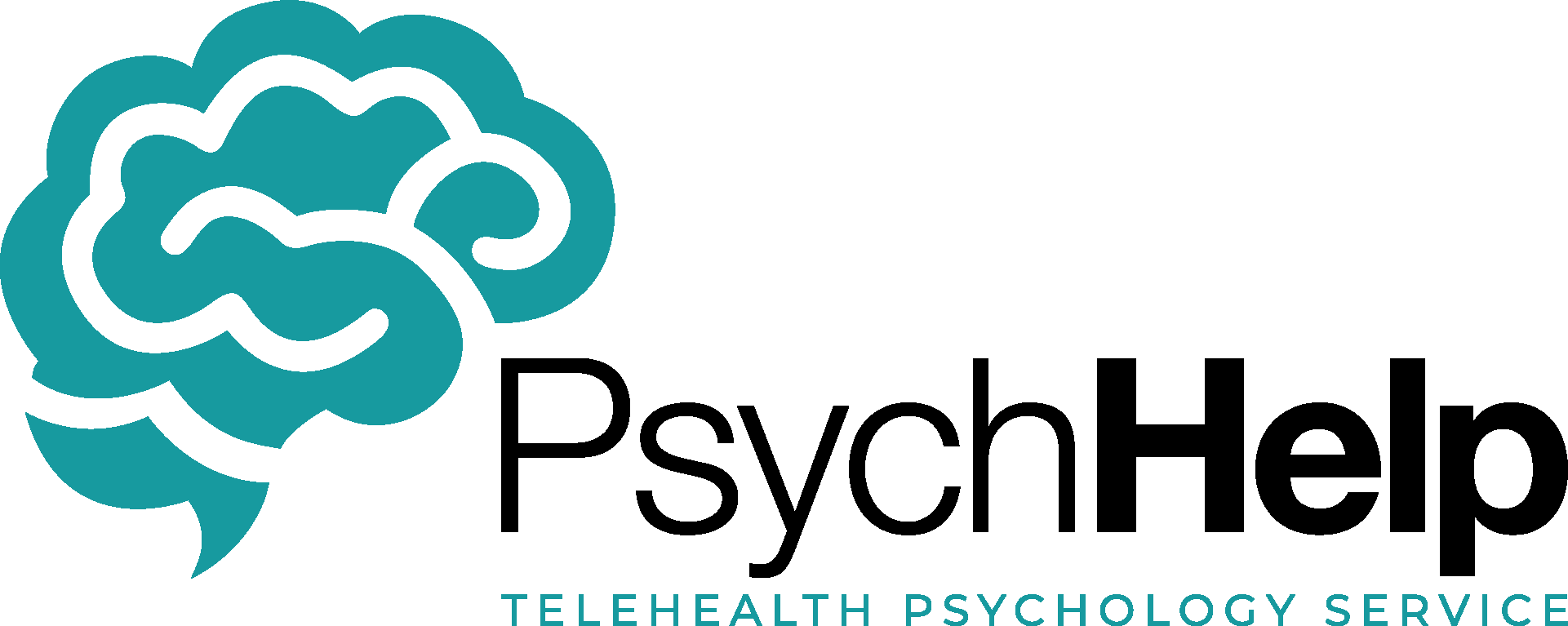Post-traumatic stress disorder or PTSD is just a complicated way of saying that after something bad or scary has happened the person feels ongoing stress or anxiety.
Two thirds of people experience traumatic events in their lifetime, so you are more likely than not to have a scary or sad event happen in your life. Not everyone who experiences these types of events goes on to develop a mental health concern but there are certain populations and types of trauma which increase the likelihood of developing symptoms. Lifetime prevalence of PTSD is 7.2% that means that out of 100 of your friends seven people will experience symptoms of PTSD.
 Whose most at risk of developing PTSD?
Whose most at risk of developing PTSD?
One of the primary risk factors for developing PTSD is having experienced abuse as a child. Adults who experience a traumatic event and have been abused as children can have the memories of their childhood trauma triggered by a sad or scary event in adulthood. In a cruel twist of fate people who have generally had more difficult childhoods (i.e. abuse, lack of educational opportunities, having a family member with a psychiatric condition and/or less financial resources) are more likely to develop PTSD. Your childhood both good or bad affects the likelihood you will get PTSD. This is proposed to occur because of a build-up of traumatic events which deplete a person’s resources. Also, the coping skills you use can increase your likelihood of PTSD. If you use more avoidance or dissociation to deal with difficult situations these have been linked to a higher incidence of PTSD
There are factors which appear to provide some resilience to developing PTSD. One particularly important factor is social support. Having someone to talk with about the scary or bad things which have happened can act as a protective factor. It is important that this person takes the time to listen to you and helps you to reflect on your experiences. Having healthy close relationships is an important protective factor for many mental health conditions.
People often associate PTSD with war veterans and this population does have higher rates than the general populations. However, there are a number of professions which due to the higher likelihood of exposure to trauma are associated with higher rates of PTSD. Many professions regularly deal with trauma including police, paramedics, child protection workers, mental health professionals, medical staff and firemen. People in these types of roles see more traumatic events and are placed in a position where they feel responsible for helping people. If something goes wrong people in these positions often feel guilt that they could have done more.
Diagnosis
The criteria for PTSD in the diagnostic manuals are quite specific and it is common for people to experience symptoms of PTSD without meeting the full criteria. It’s important to remember that lots of little things can add up, it does not have to be one major event. It’s important to remember that PTSD is just one of many mental health conditions which can develop after experiencing trauma. If your symptoms are affecting you or your family it may be helpful to see a PsychHelp psychologist.

How do I know if I have PTSD? While the diagnostic criteria for PTSD are specific the ways these symptoms show up in everyday life can be quite varied. There are many symptoms which are important to consider. I think focusing on the idea of “significant impairment in personal, family, social, educational, occupational or other important areas of functioning” is the most useful. This means that your relationships with your family, friends, work or study are being negatively affected. Behaviours to look out for include extra snappiness or irritability to family and friends, feeling out of control, problems sleeping or eating, and increased alcohol use. You may find you generally view situations as threatening or scary, or people as unsafe, and you may only be able to relax in a few specific places.
Complex PTSD
Complex PTSD is a related disorder which is gaining more understanding recently. This is trauma that is more difficult to understand, for example, sexual abuse over a number of years by a close family member. These types of events are particularly confusing as there are often many levels to the trauma. For example, the abuser may continue to be at family gatherings or may be a respected member of your family. These types of situations are confusing even for adults but even more so for children. Navigating ongoing and complex traumatic events generally takes a lot of time, energy and effort so the likelihood of ongoing or more severe PTSD symptoms is more common for these people. I will write a separate post on complex trauma as I believe it deserves more recognition than it gets. Particularly for adults who have survived child abuse as the bravery and fortitude they have are incredible. Just like veterans they have had to be brave in the face of unthinkable dangers and have had to learn to survive in an unsafe environment.
In summary if you have a sad or scary event happen to you and you have had a generally good childhood, have access to resources (financial etc) and have supportive relationships your chances developing PTSD are lower. If you have had sad or scary events occur in childhood, you don’t have access to resources, and do not have supportive relationships then if something scary or sad happens you are more likely to develop symptoms of PTSD.
 The PsychHelp psychologists can provide you with a range of techniques to help you manage your PTSD. Cognitive-behaviour therapy has been found to be effective in the treatment of PTSD. This involves education, relaxation training, modification of cognitive distortions, exposure to traumatic memories in a safe environment, and rescripting of traumatic events.
The PsychHelp psychologists can provide you with a range of techniques to help you manage your PTSD. Cognitive-behaviour therapy has been found to be effective in the treatment of PTSD. This involves education, relaxation training, modification of cognitive distortions, exposure to traumatic memories in a safe environment, and rescripting of traumatic events.
Post-traumatic stress disorder (PTSD) is a syndrome that develops following exposure to an extremely threatening or horrific event or series of events that is characterized by all of the following: 1) re-experiencing the traumatic event or events in the present in the form of vivid intrusive memories, flashbacks, or nightmares, which are typically accompanied by strong and overwhelming emotions such as fear or horror and strong physical sensations, or feelings of being overwhelmed or immersed in the same intense emotions that were experienced during the traumatic event; 2) avoidance of thoughts and memories of the event or events, or avoidance of activities, situations, or people reminiscent of the event or events; and 3) persistent perceptions of heightened current threat, for example as indicated by hypervigilance or an enhanced startle reaction to stimuli such as unexpected noises. The symptoms must persist for at least several weeks and cause significant impairment in personal, family, social, educational, occupational or other important areas of functioning.


I can’t seem to find your article on Complex PTSD?